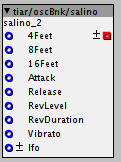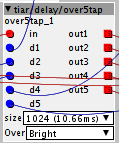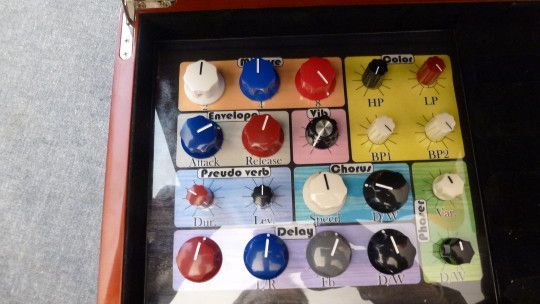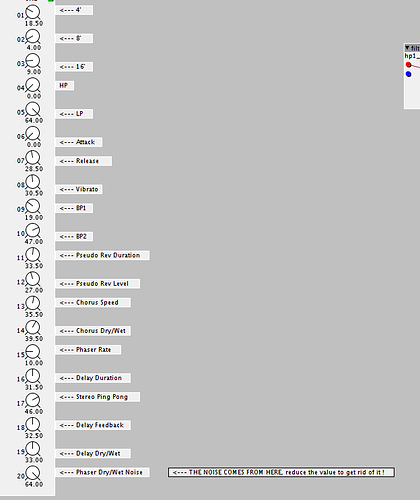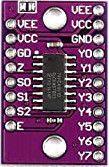tiar/filter/ZDF HP
see help patch in Menu Help -> library -> community -> tiar -> filter -> ZDF HP
A 12dB/oct "zero delay feedback" High Pass filter (with additional Low pass and band pass outputs).
It is based on a high pass Sallen and Key filter topology.
The algorithm has been finelly set to get good resonance and to limit glitching effects when using fast pitch modulation such as sharp attack enveloppes. (These glitches are a real plague in most high pass filters - digital and analog - that usually limits their usage with enveloppes).


